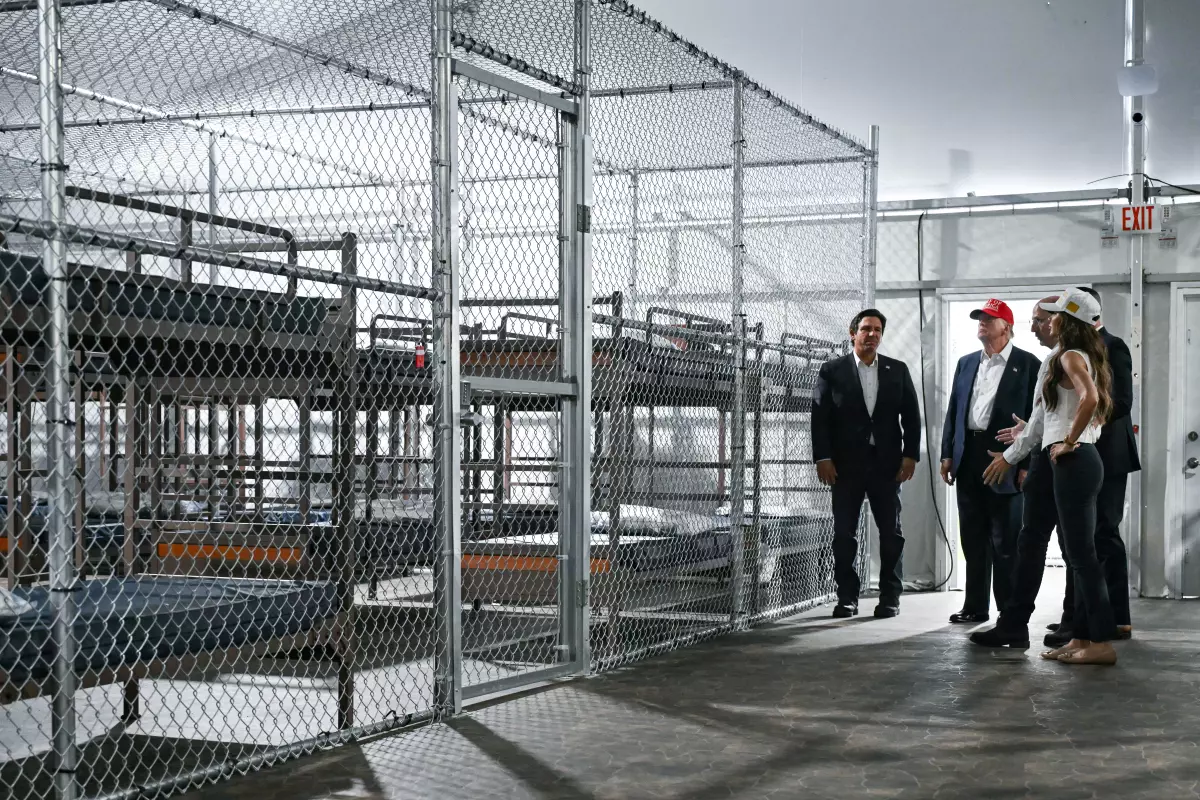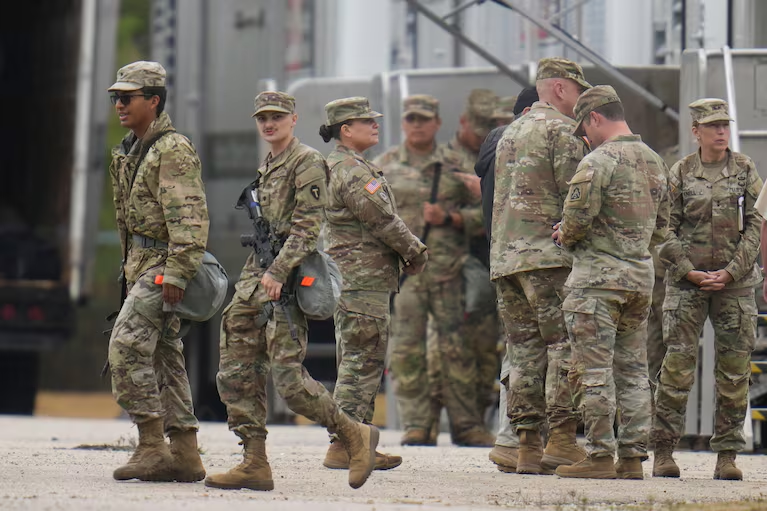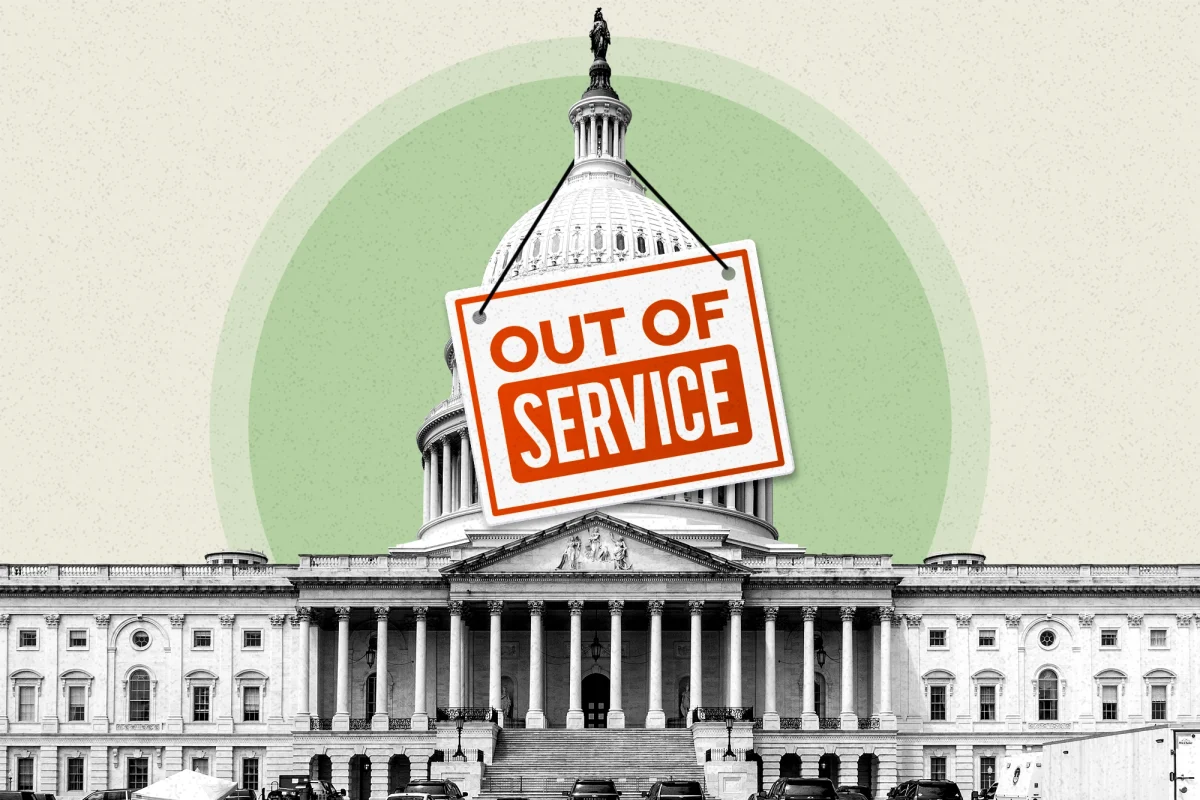A new migrant detention facility is gaining mixed opinions for its possible mistreatment towards immigrants and the environment.
The first detainees have arrived at the detention facility, now dubbed as “alligator alcatraz.” Once an abandoned airfield in the Everglades, the building is located in a UNESCO World Heritage Site. Once a popular tourist attraction, the location is now being used to house undocumented immigrants arrested by the U.S. Immigration and Customs Enforcement (ICE).
Built deep in the Florida swampland, the geographic location is full of varying wildlife and ecological diversity.
Built in the Everglades National Park in Florida, the location was recognized as a UNESCO World Heritage Site in 1979. In addition, it is also home to many indigenous communities, such as the Seminole and Miccosukee people.
Many leaders and indigenous citizens, such as former Miss Indian World and member of the Seminole Tribe Cheyenne Kippenberger, have announced their dissatisfaction towards the facility.
“The Everglades is our home, and it has been our home for generations, long before it was a National Preserve, long before Florida ever even existed,” said Kippenberger. “It is a fragile, beautiful, essential ecosystem that has provided our people with sustenance and safety.”
In a written statement, Miami-Dade County Mayor Daniella Levine Cara expressed her concerns regarding the environmental impact it would have on the heritage site and her community.
“The county has significant concerns about the environmental impacts on the Everglades which is the source of our clean drinking water and the cornerstone of our regional economy,” said Cara.
In addition, she requested an analysis and report on the environmental impacts on the Everglades’ facility.
“We further requested the opportunity for an updated appraisal and a deeper financial analysis to make sure we maximize the value of thus public asset on behalf of Miami-Dade taxpayers – given the amount offered is $20 million whereas the most recent appraisal puts the total value of the site at at least $190 million,” said Cara.
Gov. Ron DeSantis of Florida responded to the environmental concerns regarding the impact the facility will have on the environment.
He reassured that there will be “zero impact” on the Everglades’ drinking water and protected land.
“I think people are just — they’re just trying to use the Everglades as a pretext, just for the fact that they oppose immigration enforcement,” said DeSantis.
Legislation recently passed $810 million to help restore the Everglades, the biggest in the state’s history. The DeSantis administration announced that they put over $6.5 billion into restoring the land since 2019.
There aren’t only environmental concerns regarding the facility, but there are also human rights concerns regarding the safety of the people being sent to the detention facility.
The American Civil Liberties Union (ACLU) released an official statement regarding President Trump’s visit to the detention facility, accusing Florida of “state-sponsored cruelty.” Bacardi Jackson, Executive Director of ACLU Florida, released her opinions regarding human rights being impacted.
“As President Trump doubled down on his agenda of fear and division, we’re reminded that this cruel and inhumane stunt is part of a broader strategy to expand the abusive mass detention machine, and in turn, criminalize and disappear members of our communities,” said Jackson. “Building a prison-like facility on sacred indigenous land in the middle of the Everglades is a direct assault on humanity, dignity, indigenous sovereignty, and the constitutional protections we all share.”
James Uthmeier, Attorney General of Florida, took to social media to express his opinion regarding the safety of the facility.
He posted a video of himself visiting the facility alongside with the caption “this existing island in the middle of the swamp presents a great option for criminal alien detention and deportation.”
“Florida’s been leading on immigration enforcement, supporting the Trump administration and ICE’s efforts to detain and deport criminal aliens,” said Uthmeier in the video.
He labelled the detention center “Alligator Alcatraz” because of its location in the Everglades, believing that it was an “efficient and low cost” effort to house detainees.
“You don’t need to invest that much in the perimeter,” said Uthmeier. “If people get out there’s not much waiting for them other than alligators and pythons. Nowhere to go, nowhere to hide.”
The facility stretches over 39 square miles and can house over 1,000 people.
On July 1, President Donald Trump visited the detention center before the first detainees arrived and spoke in a live event.
“It’s known as Alligator Alcatraz, which is very appropriate because I looked outside and that’s not a place I want to go hiking,” said President Trump. “But very soon, this facility will house some of the most menacing migrants, some of the most vicious people on the planet.”
The first detainees have since arrived, and have claimed enduring inhuman conditions at the site, such as a lack of access to water, inadequate food and a denial of religious rights.









